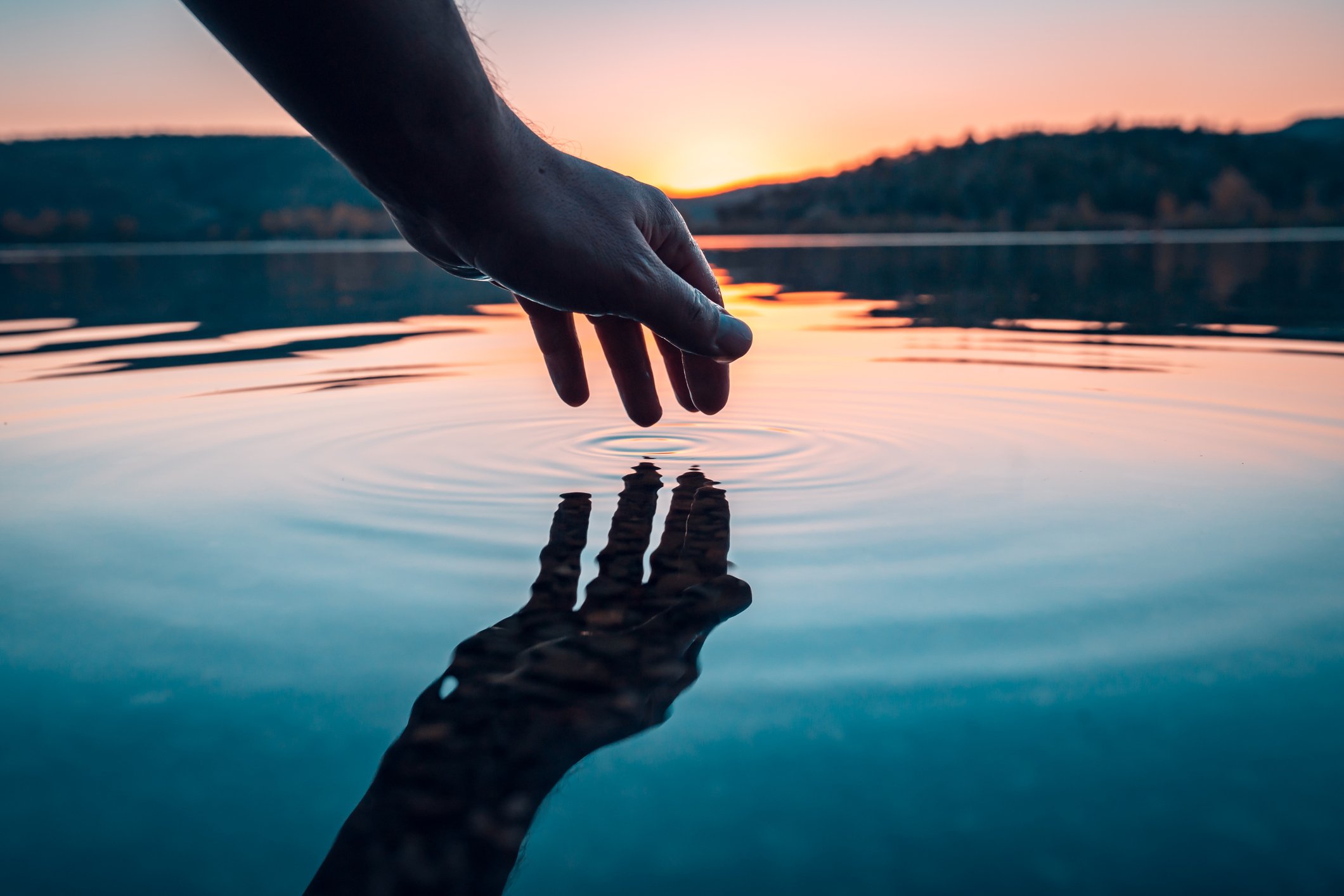How is Water Purity Tested?
18 1月 2020

You use water for your experiments every day, but how much confidence do you have in its purity?
Fortunately, you don’t have to check that it satisfies your needs each time you use it, as there are systems in place in most laboratories to make sure it is what it says on the tin. However, it’s still good to know how those tests are conducted, so that you can troubleshoot your experimental problems if you’re suspicious of your water. Regardless, as a scientist you may well find the testing process intriguing from a technical perspective.
Mechanisms Employed to Test Water Purity
There are a number of different tests to identify different contaminants. A rough way of looking at ion concentration is to measure conductivity (Disclaimer: we don’t recommend you throw water onto a toaster or other electrical device. The flashes and bangs you’ll generate will lack sufficient quantitative information). An even more sensitive method is to measure resistivity (which is the reciprocal of conductivity) and is used primarily to measure the ion content in ultra-pure water.
As the biochemists among you will know, there are many different organic compounds that are commonly found in water. Since checking them all independently would be a significant scientific effort in itself, total organic carbon (TOC) content is measured instead. Biochemistry is the weapon of choice here: organic compounds are oxidized via a chemical reaction and the oxidation products are quantified. If you’re really keen to understand the organics in you water, you can also use chromatography to get a better idea of the particular organic compounds present, and their relative abundance.
Bacteria are a particularly unwanted guest – after all, they’re often a source of most of the other contaminants! It’s usually pretty easy to test for them, you just give them something to grow on. Whilst not all bacteria will grow on your media, this is a good indicator of bacterial abundance. Another method is to use endotoxins, which are shed from the cell membranes of gram negative bacteria and can be detected using a Limulus Amebocyte Lysate assay.
Lastly, colloids color the water and can block your filters, potentially costing you money and ruining your reagent preparation. You can test for them by passing your water through a 0.45 µm filter under constant pressure (206.8 kPa) – the time taken to damage the filter is a measure of colloid level. This kind of testing is more important for pre-tap water; if you have problems with colloids in your lab water, something is seriously wrong and you should look to fix it right away.
International Water Standards
Several global organizations have been established to set consistent standards for water purity. The American Society for Testing and Materials (ASTM) categorize different levels of purity into type I, type II, type III and type IV, whereas the International Organization for Standardization (ISO) have only three grades (Grades 1, 2 & 3). Some manufacturers use their own names for different categories (e.g. see below for our ELGA water grades and definitions).
Whet Your Appetite for Water Knowledge?
Water is probably the most important and pervasive reagent you use in the laboratory. However, most people only consider their water supply when things go wrong (by which time it is usually too late!). If you want to know everything there is to know about lab water, download our free guide “Water – The Essence of the Lab”.
